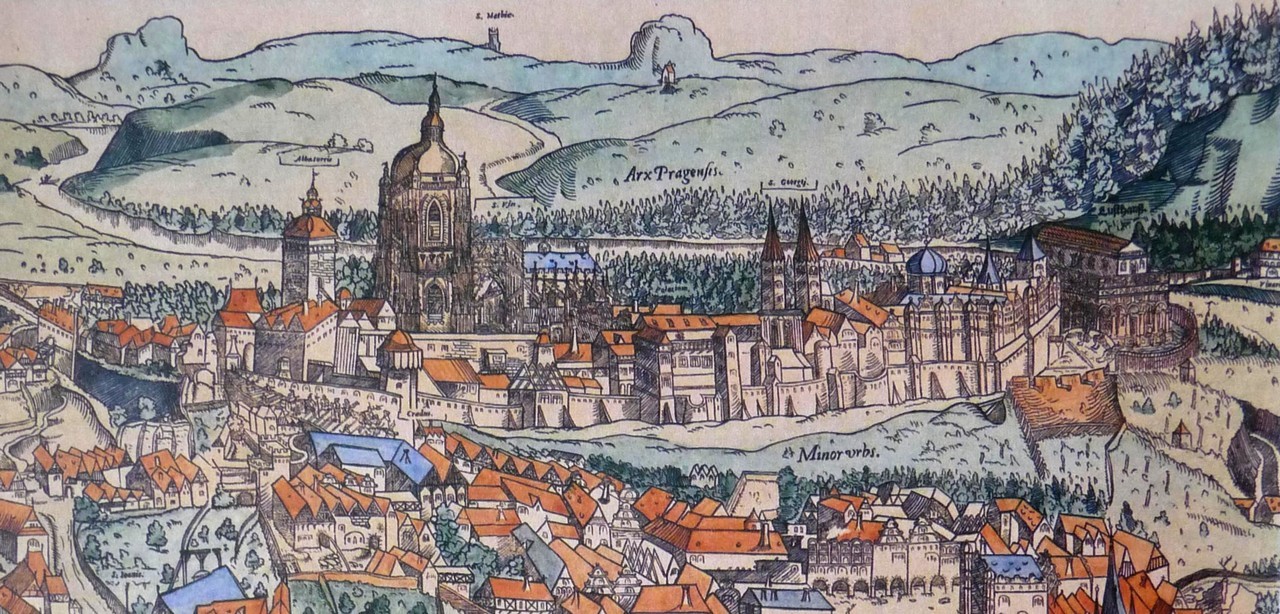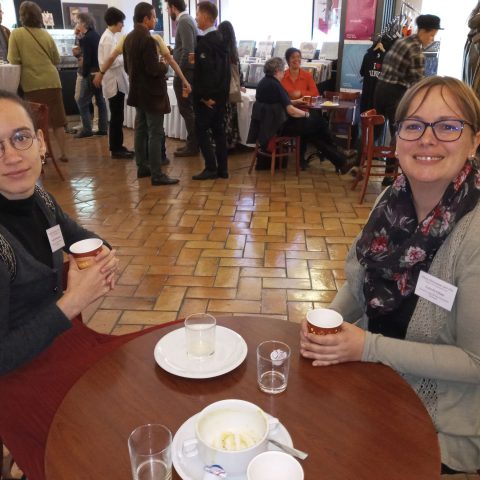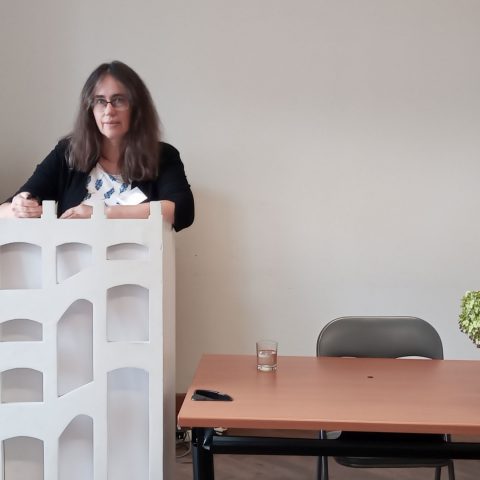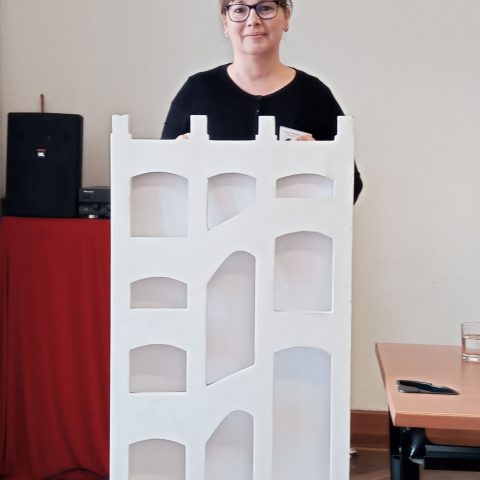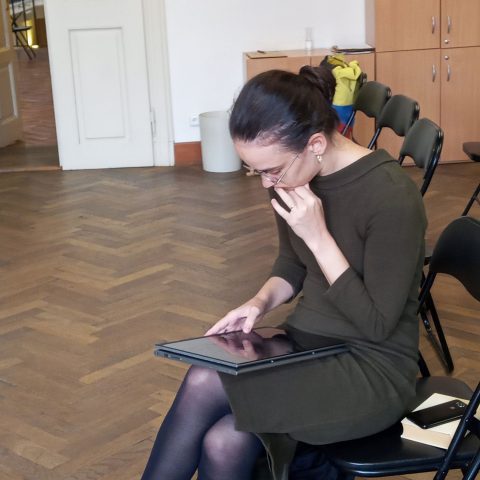From 14 to 17 September 2022, the international conference Musical Interactions 1400-1650 took place in Prague, at the Czech Museum of Music and at the Department of Musicology of Charles University. The event was organized as part of the international research projects CELSA “Musical Interactions between the Low Countries and Central Europe, 1400–1650” and EXPRO “Old Myths, New Facts: Czech Lands in the Centre of 15th-century Music Developments”. At the conference, which focused primarily on the Central European polyphony of the late Middle Ages and early modern period and its Western models, Hungarian chant research appeared somewhat out of the box represented by three members of our research group, Zsuzsa Czagány, Gabriella Gilányi and Eszter Göbölösné Gaál.
Our participation at the conference was successful, both individual and as a team, as our papers were, to a certain extent connected. All three of us were presenting the results of the latest field research of the team: after a basic overview of the work and its methods, we discussed coherent fragment-groups from late medieval Bohemian chant manuscripts preserved in the Pauline Library of the Central Seminary in Budapest (Zsuzsa Czagány), the College Library of the Transtibiscan Reformed Church District in Debrecen (Gabriella Gilányi) and the Roman Catholic Diocesan Library of Oradea (Eszter Göbölösné Gaál). We focused on those fragments that may be of interest not only because of their primary liturgical-musical content, but also because of the complex and multilayered network of relationships between fragments, their carriers and owners. The cultural historical background revealed by this meticulous examination may shed light on connections between distant points, events, institutions and persons that would otherwise remain hidden. In the background of the early 15th-century fragment written in Rhenish notation, which survived in the collection of the Library of Debrecen, the threads of the Utrecht peregrination of Hungarian students unfolded, and the fragments from Oradea provided another textual and musical source of the St. Martin’s historia composed by Radbod of Utrecht in the early 10th century cultivated in the Low Countries.
